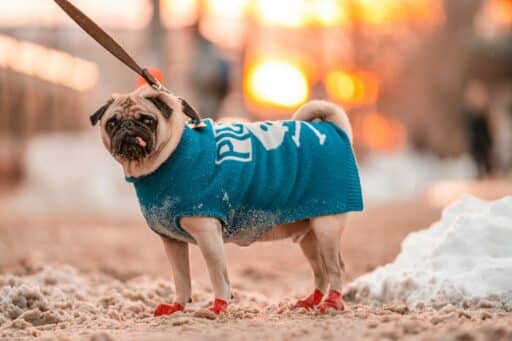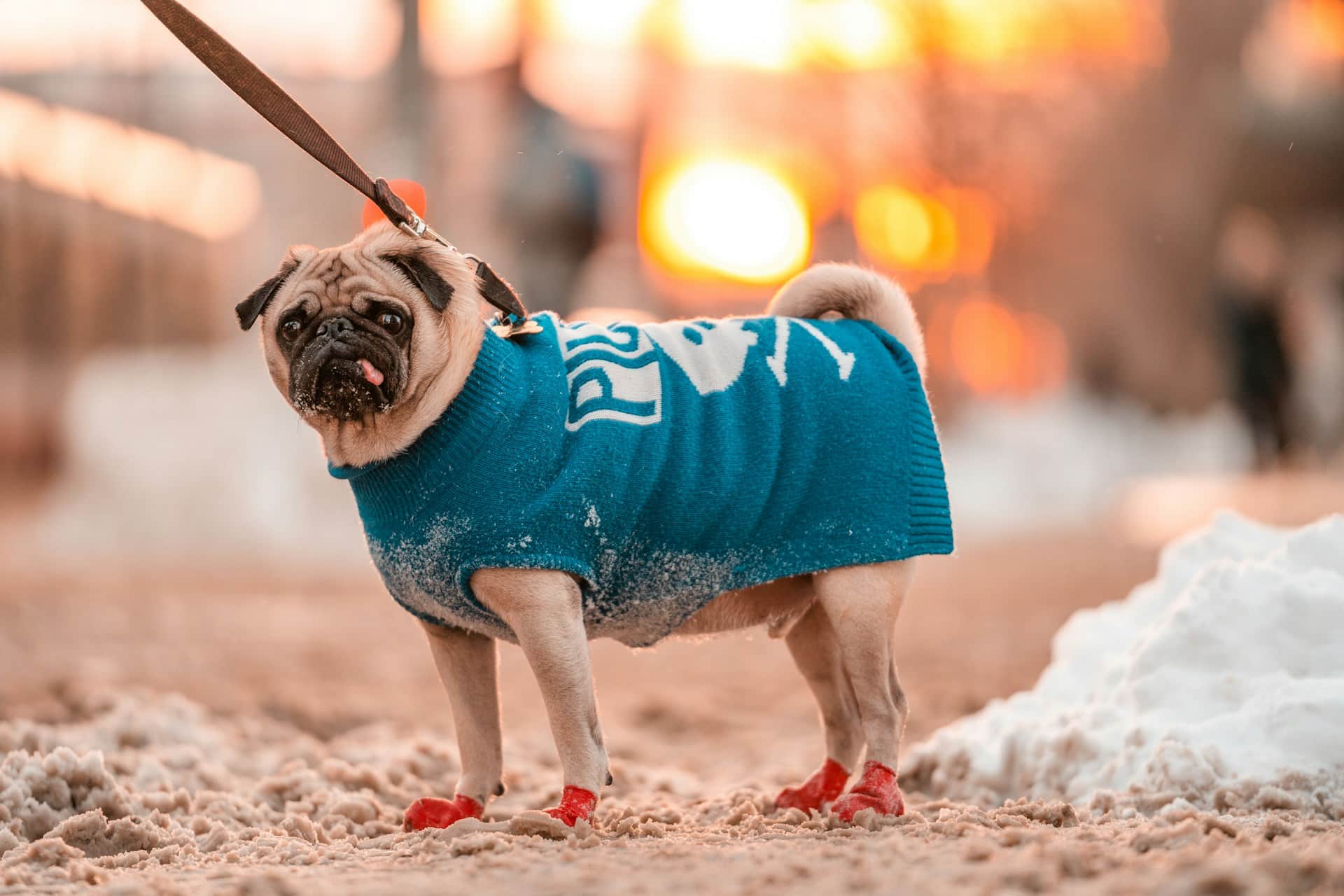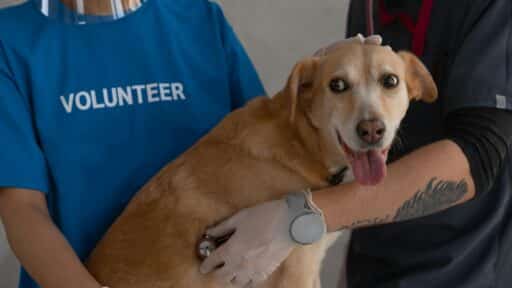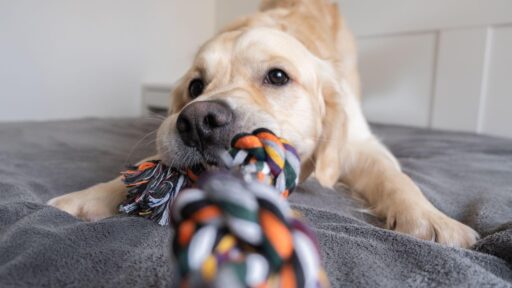If you’ve got a dog and you live somewhere that actually gets cold — not the mild “sweater weather” kind of chilly but the bone-deep, windy, icy sidewalks kind of cold — you’ve probably had the same thought I did: Does my dog really need a coat?
At first, I must admit, I thought it was a little over the top. Dogs have fur, right? Isn’t that basically their natural jacket?
But after enough winter mornings watching my dog hesitate at the door or start shivering halfway down the block, I realized fur only gets you so far. Some dogs handle cold like champs. Others… well, let’s just say their built-in insulation isn’t cutting it.
So, here’s the deal. If you’ve ever stood in front of racks of dog jackets at a pet clothing store, confused by all the fleece, puffy coats, waterproof shells, and yes, even hoodies — you’re not alone. Choosing the right one is trickier than it looks. But it’s not impossible once you know what matters.
Warmth: It’s Not All the Same
Let’s get one thing out of the way: not every dog needs a coat for every kind of cold. A husky? Forget it. That dog was designed to nap in snowbanks. But smaller dogs, short-haired breeds, puppies, seniors, or even dogs recovering from illness — they get cold, fast.
Warmth in a coat works the same way it does for us. A lightweight hoodie might be perfect for fall, but it’s useless in freezing rain. The goal isn’t just “put clothes on the dog.” It’s about picking the right kind of warmth for the weather.
And yes, too much warmth is also a thing. I’ve seen dogs panting inside thick jackets because their owner assumed “the heavier, the better.” Not true. Just like you don’t wear your down parka when it’s 55 and sunny, dogs need balance, too.
Materials: Don’t Let Cute Fool You
I’ll admit it — I’ve bought a coat purely because it looked good. It was plaid, it was stylish, and I thought my dog would look sharp. Problem? It soaked through in five minutes the first time it snowed. Cute doesn’t keep a dog warm.
This is where warm coats for dogs actually show their worth. Most of the good ones use a combo approach: something soft like fleece inside, insulation in the middle, and a water-resistant (or ideally waterproof) outer shell. That layering is what keeps your dog warm without turning them into a damp mess.
Cotton? Nope. Knitted wool only? Works indoors, not outside in wet weather. The material makes or breaks the coat, no matter how nice the pattern is.
Fit: Guessing Doesn’t Work
Here’s where most people (me included, once upon a time) mess up. You eyeball the rack, think, “medium dog, medium coat,” and go home. Only to find out it doesn’t cover half your dog’s back, or it slides sideways the second they start walking.
The truth is, sizing isn’t guesswork. You’ve got to measure. Chest girth, neck, and length from collar base to tail. That’s it. Three numbers. Five minutes of effort saves you days of frustration.
Any decent pet clothing store will have a size chart. Use it. I’ve had to learn the hard way that a bulldog “medium” isn’t the same as a beagle “medium.” Don’t trust the label; trust the tape measure.
Sweaters: Not Just for Instagram
Okay, so let’s talk sweaters. I used to think they were mostly for show — like a cute holiday photo thing. But sweaters actually solve a very real problem: those “in-between” days where it’s too warm for a heavy coat but too chilly for nothing.
A good sweater works indoors, in mild weather, or even under a jacket for layering. The flexibility makes them surprisingly useful. And here’s where options like custom dog sweaters shine. Dogs aren’t built like mannequins. Some are barrel-chested, some long-bodied, some stocky. A one-size-fits-most approach doesn’t always work.
A custom fit means no sagging around the belly and no tight squeeze around the shoulders. Plus, yeah, they look good — but the real win is comfort.
Weather Resistance: Because Cold Isn’t Always Dry
This one’s easy to overlook. People think “warmth” and forget “weather.” A coat can be thick and insulated, but if it isn’t water-resistant, one slushy puddle ruins everything. Wet insulation is basically useless.
The coats I trust most combine insulation with weather resistance. And they usually throw in thoughtful extras: reflective strips for night walks, adjustable straps that don’t slip, and belly coverage so snow doesn’t pack up underneath.
That’s the kind of detail you notice after a few winters. At first, you don’t think about it. Later, you realize — yeah, I need that. And when you browse collections of proper warm coats for dogs, those features are what separate a “cute accessory” from real winter gear.
Getting Dogs Used to Clothes
Let’s be real — not every dog is thrilled about wearing clothing. Some take to it fine. Others stiffen up and look betrayed. And if you’ve ever tried to coax a stubborn dog into walking while they’re dressed in something they don’t like, you know how that goes.
The trick is patience. Start by letting them sniff the coat. Lay it on their back without fastening. Reward them. Slowly build up. Short indoor sessions first, then outdoors. Eventually, most dogs connect the coat with comfort, and even excitement, because it means longer walks.
Is it a bit of a process? Yes. Is it worth it? Definitely.
A Few Practical Tips
Just to keep it simple, here are things that help in everyday use:
- Wash the coat regularly (salt and mud eat away at fabric faster than you’d think).
- Check the closures; Velcro can wear out quicker than you realize.
- If possible, have more than one coat or sweater so you’re not stuck waiting for laundry to finish before the next walk.
Little habits like this keep the gear useful for longer and save you from buying replacements too often.
Wrapping It Up
At the end of the day, the “best” coat isn’t a universal answer. It depends on your dog’s size, coat type, age, and where you live. For some, it’s a thick, insulated jacket. For others, it’s a lightweight sweater. What matters is comfort, protection, and fit.
So, don’t get hung up on trends or labels. Measure carefully, think about your climate, and invest in gear that actually serves a purpose.
With solid options available — from practical warm coats for dogs, to custom dog sweaters, to versatile picks at a pet clothing store — there’s no shortage of good choices.
And once you’ve got the right one? Winter walks stop being a chore and start being enjoyable again. Which, if you ask me, is the whole point.







